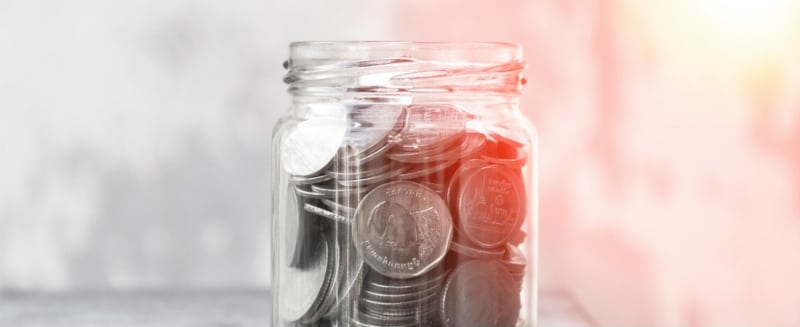Money can be a real pain.
About 24 percent of people admit that the “pain of spending” turns them into tightwads, while about 15 percent admit to being spendthrifts, where they experience so little pain when spending that they spend more than they should.
When I say pain, I mean it rather literally. Researchers Scott I. Rick, Cynthia E. Cryder and George Loewenstein found that when they showed people a product they liked, the reward centers of their brains lit up. But when they showed them the price of the product, the pain and disgust regions were activated, according to their study “Tightwads and Spendthrifts.”
Without this pain-and-disgust region, we might spend recklessly all the time.
So whether you’re a tightwad or a spendthrift, you can blame your brain for your spending habits. Your gender may even play a role, as it turns out that most of those so-called tightwads are men. They are three times more likely to be tightwads than women, who showed no favor to either category.
Regardless of where you land on the spectrum, here’s some food for thought that could help you turn that natural brain reaction into some savings.
1. Using a debit or credit card makes the physical separation of you from your money a little less painful. That’s part of the reason why casinos use chips instead of cash. If you tend to spend too much, rely on cash so you can quantify exactly what you’re spending, so that you do trigger that pain-and-disgust region of the brain.
2. Look for key words that tend to activate your inner spender, such as calling a charge a “small fee.” Think of the “small” shipping and handling fees or “easy” installment payments you hear about on commercials, or when the cashier says a drink and fries is “just” a dollar more. These type of framing words are designed to trick your brain into seeing unnecessary costs as less painful. Consider them trigger words to re-evaluate what you’re buying.
3. Also watch out for things that advertisements or salespeople say you “need” or are “necessary.” According to the study, both tightwads and spendthrifts were more likely to purchase a massage, for example, if they were told it’s necessary to relieve back pain rather than being told it’s simply pleasurable. There’s that pain concept again. When the massage was framed as relieving pain, the participants were more likely to spend money on it over a massage that seems indulgent. Think about what your real needs are when spending money.
These seemingly inconsequential things can make a big impact on how we feel about money and how much we spend. So next time you find yourself looking at your bank account and wondering where the money goes, try to make spending a little more painful.
To see the whole study, click here.







Leave A Comment